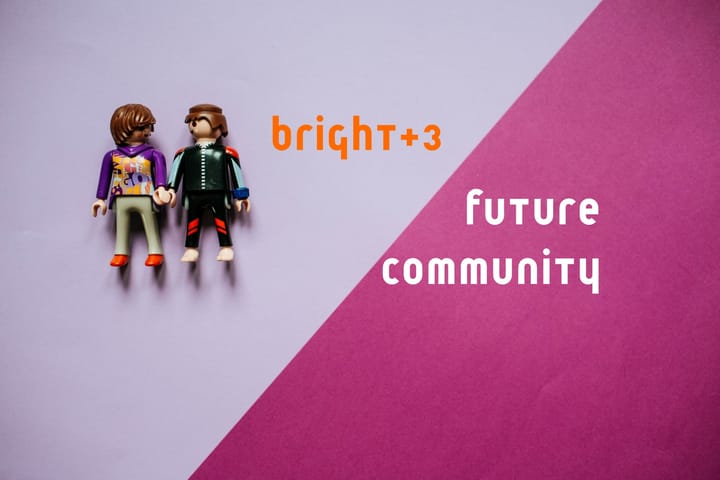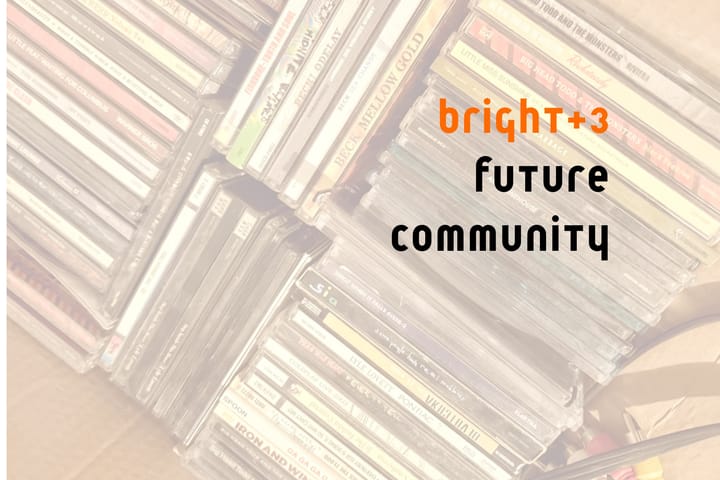Content strategy in a time of AI search panics
Ways of thinking about and being prepared for content strategy and SEO (and AEO and GEO and other EOs) in a time of AI.

This year I've seen dozens of reports on how AI overviews are taking search traffic away from news organizations.
The shock and dismay has been a little slow to hit the broader nonprofit community. But today, M+R shared results of research done with 17 nonprofits from late-2024 to early-2025. And I recently shared Forum One's article about how AI is reshaping search.
The implications are different for news organizations and community nonprofits. The news business model really is built on traffic and falling visits and subscriptions have real impacts on local news coverage. Many local news organizations have been adapting to be more community service and relationship oriented.
People really ARE searching for news. And every click from a search to a news site is a visit against which one can base ad rates and sell memberships or subscriptions - the primary sources of news revenue.
Are most nonprofits growing and building revenue from search? Have they ever? Perhaps at one time they did. I'd argue that increased use of paid search (and paid posts) by Google and other platforms shifted search away from content optimization and relevance to straight up advertising.
Of course, there are edge cases often built around breaking news like disaster relief, international crises, or high profile national legislation. But even the relationship between high profile topics, nonprofits, and NGOs has been increasingly mediated by pay to play SEO.
Content just wants to be useful. And AI search agrees with that.
Now we've landed in the world of AI search. It's one in which search engines like Google are using AI models provide answers to questions asked in search instead of linking to the most relevant (or best paying) sources.
Dear reader, there's nothing new happening here. This (what some call Answer Engine Optimization or AEO...or GEO/Generative Engine Optimization) is the same stuff we've been doing with Siri and Alexa for years now.
There's much to be said about what the money model is here for Google. It seems like they're cannibalizing themselves by telling people the answer to their question instead of selling off access to offer up a potential answer.
Overall, what's happening is that AEO/GEO is cutting out the middleman. Which could be your organization.
Instead, Google is seeking out the most relevant answer to someone's need and presenting it.
They do provide attribution, however. So there's a premium on clear, concise, relevant, useful content. This is what I mean by content just wants to be useful to people.
Content need and usefulness has always been desirable. Now it's essential.
Tips for getting started
- Content needs to be able to solve problems / answer questions. This is not new. But is of extreme importance when many/most searches won’t end in a click (but could position your “answer” as the solution).
- Come at it from the direction of the problem that people are trying to solve.
- Content that works for AEO is also good for people and how they search.
- Generally, what works for this “new world of search” is good for content and marketing strategy anyway. It may help people think about and implement content strategy in ways they should have been already been doing.
- Video, particularly YouTube, is an untapped search results gold mine. YouTube is indexing and building LLMs (Large Language Models) off of transcripts and text. Create short topical explainers. Lots of them.
- Note that this is also the kind of content that’s great in other formats. Topical explainers work as the basis for newsletters, site FAQs (important for GEO/AEO).
- And note that there’s nothing new about trying to get orgs to do more with YouTube. It’s a huge missing link for many.
In general, nonprofits have all the material they need for this kind of content. The work that’s needed is more reframing and repurposing.
And, like many local news organizations, don't rely on content. Listen to your audience, talk to them, ask them what they need. And build programs that complement content's ability to address those needs. That means audio and video, as mentioned above. And also in person events, town halls, zoom calls, and creating third spaces for both online and IRL interaction.



